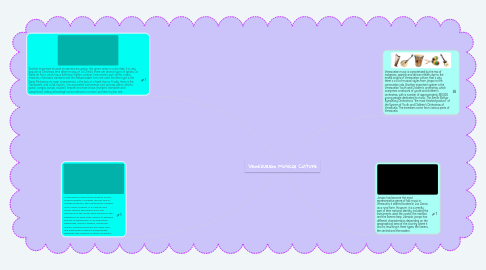Venezuelan Musical Culture
by Fabiana Rodriguez

1. Another important musical movement are gaitas, this genre arises in zulia state. It is very popular at Christmas time after the day of La Chinita, there are several types of gaitas. La Gaita de Furro which has a 6x8 fixed rhythm scheme; Instruments such as the cuatro, maracas, charrasca, tambora and the indispensable furro are used. Another type is the Gaita Perijanera, its main characteristic is the lack of a fixed chorus. Finally, there is the Tamborera, with a 2x4 rhythm, it incorporated instruments such as bass, piano, electric guitar, congas, bongo, cowbell, timpani and even brass (trumpet, trombone and saxophone). taking advantage we are almost on x-mas i put here my fav one.
2. In the eastern part of the state of Sucre, Nueva Esparta, Monagas, Bolívar and in Ciudad Guayana, the Venezuelan Calypso or El Callao is heard. It is a joyful and sticky rhythm that arises from the influence of the slaves who worked in the extraction of gold, they used it to express the joy of being alive. In its execution keyboards, electric basses, cylindrical drums, maracas and four are used; This last instrument makes it differentiate between the calipsos of other countries.
3. Venezuelan music is caracterized by the mix of indigeans, spanish and african rithims due to the mixed origins of Venezuelan culture, that´s why there´s a ot of musical styles from joropo to the venezuelan vals. Another important system is the Venezuelan Youth and Children's orchestras, which comprises a network of youth and children's orchestras, with a number of approximately 350,000 young people dedicated to music. The Simón Bolívar Symphony Orchestra is "the most finished product" of the System of Youth and Children's Orchestras of Venezuela. The members come from various parts of Venezuela..
4. Joropo has become the most representative genre of folk music in Venezuela, it started located in Los Llanos as a rural form. However, it is currently part of their national identity, including the instruments used: the cuatro, the maraca and the llanera harp. Likewise, joropo has different characteristics depending on the geographical area of the country where it occurs, resulting in three types: the llanero, the central and the eastern.


